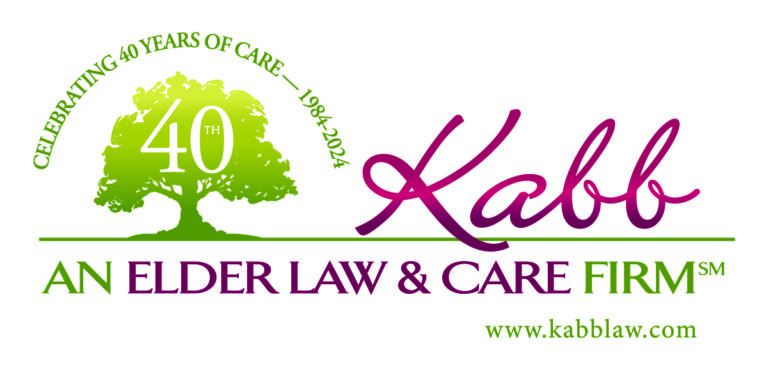When it comes to the declining ability to function alone in their homes, many people are faced with the question of what is the best option for them. Should they go to a nursing home or should they go to an assisted living facility. There is a huge difference.
Assisted living facilities (ALF) are a product of the early 1990s. They are a type of communal living. All residents have their own furnishings and decorations in private apartments or cottages that includes transportation, laundry and housekeeping. Often, on the premises, there are barbers, beauticians and physical therapy services. Residents can participate in planned activities, socialize with other residents, communal meals and exercise programs. If needed they can receive custodial help with bathing, eating or toileting. Assisted living offers less complex medical services, and has a 24-hour emergency call system for residents.
It is becoming increasingly popular for senior citizens to enter the ALF at a younger age, and remain until the end of life. This is called “aging in place.”
In nursing homes residents are under the 24-hour care of the nursing staff or nursing assistants. Some of the reasons why a senior might need a nursing home rather than an ALF would be if they were bed bound, on a respirator, or had wounds that weren’t healing and needed daily care. It also includes seniors who have severe cognitive impairment or debilitating medical problems. The cost of nursing homes is typically higher than assisted living, but they do accept both Medicare and Medicaid. All residents receive help with their medications and have access to physical and occupational therapists. There can also be any number of other amenities available, depending upon the nursing home.
There are four types of care in a nursing home facility. (1) Skilled Care is intensive care for patients needing specialized care with constant monitoring, complex medical procedures or intensive care treatments. (2) Skilled Nursing and Rehab Care is under the supervision of a medical physician and administered by the nursing staff. It is often part of a rehabilitation process and includes things such as wound care, intravenous injections and feeding. (3) Intermediate Care is the level of residents whose illnesses are stable but do require a RN to monitor them. (4) Custodial Care is not a medical condition and can be given by non-medical personnel. Some examples are patients needing help with bathing, eating and dressing.
The main difference between assisted living facilities and nursing homes is the level of care and freedom given to the resident. The residents in a nursing home are more like patients who are unable to live independently. The residents in assisted living might need some assistance with medicine management, for example, but they can handle most daily living activities on their own. They might cook their own meals, drive their own cars, and come and go freely.
If you need help in making this decision, we can lead you through the labyrinth of care vs less care. Contact one of our social workers at the Kabb Law Firm – 216-991-5222.
